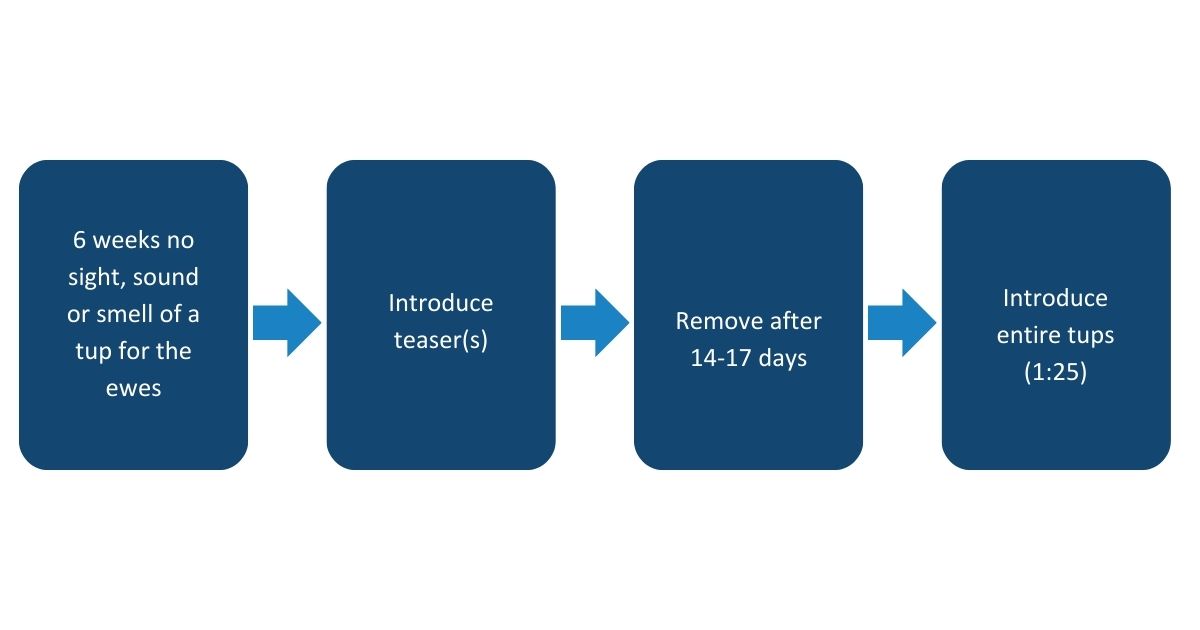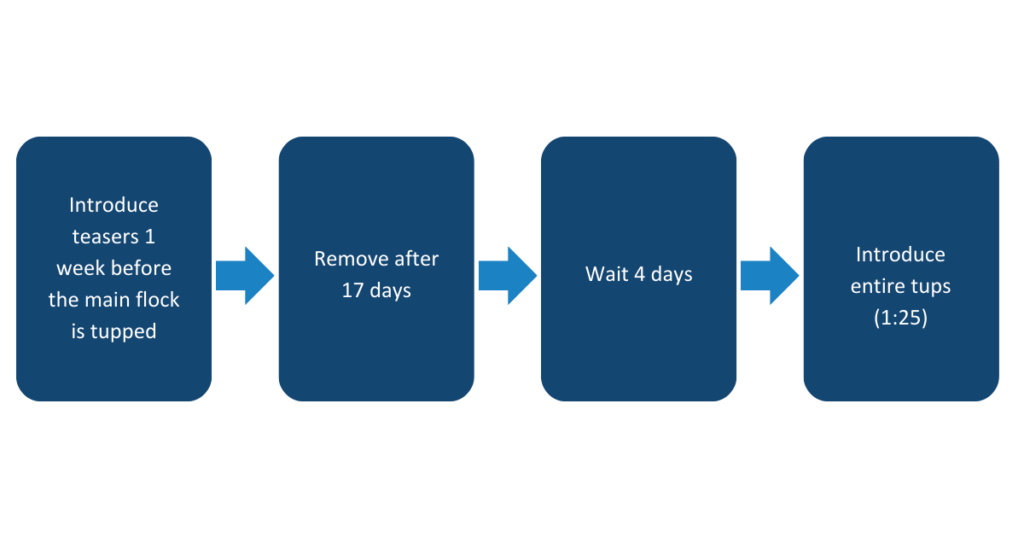Tupping Toolkit
17 August 2023Checking tup health and condition 6 to 12 weeks pre-tupping gives time to make any management changes or treatments to ensure tups are in the best condition for tupping.
If tups are not working to their full potential, it could result in a reduced lamb crop and a longer lambing period, ultimately affecting farm profitability.
This is important for both stock tups already in a flock and newly purchased animals.
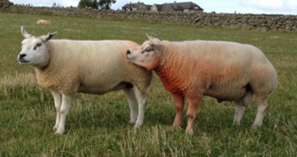
Tup MOT
A tup MOT can highlight 90% of problems pre breeding, to confirm a good MOT, fertility or semen testing can be carried out by a vet. Ensuring your breeding males are fully fertile is a very valuable tool. It gives you peace of mind and assists with a tight lambing period and high lambing percentage. If tups are sub-fertile, they may still work and get ewes in lamb, but they may need to serve one ewe numerous times to get her in lamb, this takes time and reduces the amount of ewes he can serve in a 3 week period for tight lambing.
Fertility tests should be carried out 1-2 months prior to mating, ideally on all breeding males, including newly purchased and aged tups. Sperm production can take up to six weeks to recover from a problem, so if at the first test his sperm count is low, evaluate why this could be, it could be due to extreme hot spells which could damage the sperm, stress of sale, moving farm etc? Tups should not be tested immediately after purchase, to reduce the impact of stress. If the initial count is low, it is good practice to re-test some weeks later.
Tups should receive an MOT in advance of tupping, ideally including the following:
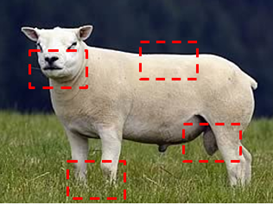
Teeth
- Check the teeth and mouth for missing teeth and abscesses as well as abnormalities such as overshot/undershot jaw.
Testicles
- Testicles should be firm but springy, equal, heavy, smooth, freely movable.
- Watch out for small testicles (one or both) or hard and enlarged testicle(s) which suggests inflammation. The epididymis, located at the bottom of each testicle, should be equal in size and smooth.
- Measure testicles (guide shown below)
- Check for scrotal hernias, appearing as a soft swelling above the testicles.
- Check for woolly scrotums, these can affect the ability of the scrotum to keep the testes cool.
- Check for abnormalities to the prepuce, such as ulcers, swellings, orf, discharge or blood.
- Check the penis for growths, adhesions, deviation or loss of urethral process at the tip.
Tone
- Aim for Body Condition Score (BCS) 3.5 – 4
Toes
- Lameness is a big cause of reduced fertility, look for any abnormality in the limbs. Check the feet for any scald, footrot or CODD.
Other
- Check for cracks and infection at the base of horns, any CLA (Caseous Lymphadenitis) abscesses around throat and neck, or sunburn/photosensitized skin.
- Check the brisket for any painful sores that can reduce desire to work.
- Check for wool loss and irritation which may be due to scab, lice, bacterial dermatitis.
A good tool is to measure the scrotal (testicular) circumference. This can be done by measuring both of the testicals together at the widest part. A guide for circumference is shown below.
| Mature | Shearling | Tup Lambs | |
|---|---|---|---|
| Lowland Breeds | 36-38cm | 32-34cm | 30cm |
| Hill Breeds | 34-36cm | 30-32cm | 28cm |
Tupping Time
When the tups are in with the ewes, it is good practice to change the colour of the raddle every 7 – 10 days, starting with a light colour e.g. yellow, then change to red. This will give you essential information for splitting the flock for feeding, vaccination and shed space at lambing time. If using harnesses, keep an eye out for sores, which may prevent mounting.
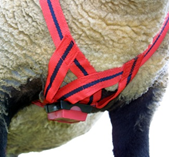
To prevent embryo losses, ensure stress and handling is kept to an absolute minimum during embryo implantation, which takes place over the first 40 days of tupping. This is vitally important when catching tups to change raddles.
Post Tupping
The aftercare of a tup, once removed from the ewes, is absolutely essential for his survivability through the winter and into the next breeding season. Some breeds will benefit from housing when they are removed from the ewes. They should be offered ad lib good quality forage with concentrate feeding built up to 0.5kg/head/day. The aim in to get the tup lambs back up to condition score 3 for the winter.
Look after the tups after mating has ended and he will look after your margins, reducing your replacement cost for the coming year.
Different Tups Require Different Considerations
Newly Purchased Tups
Through the selling process, tups undergo stress, this can be from travelling to the market, going round the ring, being in different surroundings and a change of diet between owners. Time must be given to allow the tup to adapt to his new surroundings and diet before being introduced to the flock.
Production of sperm takes approximately seven weeks in tups. The nutrition of the tup two months prior to breeding can increase testicle size and sperm production. Overfeeding tups can have the opposite effect, the aim is for them to be in body condition score 3.5 – 4. Tups can lose up to 15% of their body weight during the mating period.
If tups are under the desired body condition score of 3.5 – 4, then additional feed may be required from six weeks pre-mating. This will increase energy, allow for testicular growth and semen production. Aim for a feed with 12.5 MJ Metabolise Energy/kg DM and avoid high levels of magnesium. Many feed distributors have a specific tup mix.
As well as being given time to adapt to his new surroundings, newly purchased tups must be isolated from the main flock for biosecurity reasons and monitored for signs of disease for 3 – 4 weeks. It is also good practice to ensure they have received their annual boosters for clostridial diseases and pasturella and quarantine treatments for roundworms, and liver fluke or scab if these are deemed high risk. Testing after treatment is recommended to assess the efficacy and reduce the risk of introducing problems into the main flock.
Tup Lambs
Lambs reach puberty between five and seven months old, when they are approximately 50-60% of their mature body weight. This age depends on breed as well as nutrition.
Many producers are stretching tups to cover more ewes, with some lowland farms reporting groups of shearlings covering 100 – 120+ ewes each, in multi sire groups. But tup lambs, will not manage this high number of ewes – they will be more suited to smaller groups of ewes. They may have quite a change in their feeding system, be inexperienced in mounting and they may be prone to bullying.
For all of the reasons above the newly purchased tup should be slowly acclimatised to his new surroundings and diet. As well as adjusting they should also undergo their first MOT a health check including all the T’s – teeth, testicles, tone, and toes.
Managing Teaser Tups
A teaser is a vasectomised tup that cannot produce sperm. This is a surgical procedure carried out by a vet and should be done well in advance of the breeding season e.g., 6 weeks. This will allow the wound to heal, and to allow any residual sperm to leave the body.
The teaser is used in a flock to encourage ewes and hoggs to begin oestrous (cycling) and advance the start of breeding. To use a teaser correctly and get the desired response of “The Ram Effect” the ewes must be clear of any tups within sight, sound or smell for six weeks prior to the teaser being introduced. Best results are achieved when the ewes are just about to start their breeding cycle and before they start cycling.
The ewes will react to the teaser by releasing hormones and ovulating, which is often called silent oestrous. A normal 17-day cycle will follow this. The teaser should only be with the ewes for 14-17 days for maximum effect. When he is removed the stock tups should be introduced immediately. Additional tup power will be required with an influx of ewes cycling at the same time (1:25-35).
Sign up to the FAS newsletter
Receive updates on news, events and publications from Scotland’s Farm Advisory Service

